The first comers sit down on the ledge, while those entering later stand or squat in the passage. When any one addresses the whole assembly he always turns his face to the wall and avoids facing the listeners. Most of the men take off their outer jacket in the house and they sit chatting until very late. Even the young children do not go to bed early.
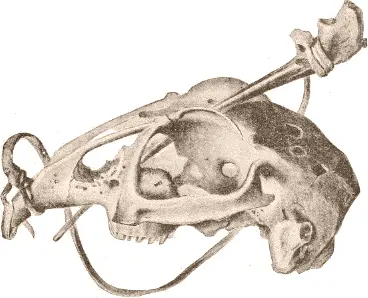
Fig. 519. Skull used in the game ajegaung, from Ungava Bay. (From L. M. Turner’s collection.) (National Museum, Washington. 90227.) 1/1
The women sit on the bed in front of their lamps, with their legs under them, working continually on their own clothing or on that of the men, drying the wet footgear and mittens, and softening the leather by chewing and rubbing. If a bitch has a litter of pups it is their business to look after them, to keep them warm, and to feed them regularly. Generally the pups are put into a small harness and are allowed to crawl about the side of the bed, where they are tied to the wall by a trace. Young children are always carried in their mothers’ hoods, but when about a year and a half old they are allowed to play on the bed, and are only carried by their mothers when they get too mischievous. When the mother is engaged in any hard work they are carried by the young girls. They are weaned when about two years old, but women suckle them occasionally until they are three or four years of age. During this time they are frequently fed from their mothers’ mouths. When about twelve years old they begin to help their parents, the girls sewing and preparing skins, the boys accompanying their fathers in hunting expeditions. The parents are very fond of their children and treat them kindly. They are never beaten and rarely scolded, and in turn they are very dutiful, obeying the wishes of their parents and taking care of them in their old age.
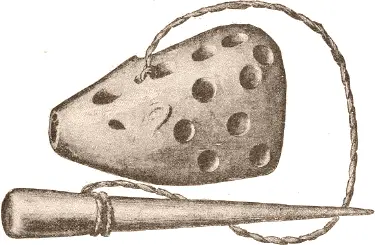
Fig. 520. Ivory carving representing head of fox, used in the game ajegaung.
(Museum für Völkerkunde, Berlin. IV A 6820.) 1/1
In winter gambling is one of the favorite amusements of the Eskimo. Figs. 519–521 represent the ajegaung, used in a game somewhat similar to our cup and ball. The most primitive device is Fig. 519, a hare’s skull with a number of holes drilled through it. A specimen was kindly lent to me by Lucien M. Turner, who brought it from Ungava Bay; but in Baffin Land exactly the same device is in use. Fig. 520 represents the head of a fox, in ivory; Fig. 521, a polar bear. The specimen shown in Fig. 521 b was brought from Cumberland Sound by Kumlien. The neck of the bear is more elaborate than the one shown in a . The attachment of the part representing the hind legs is of some interest. The game is played as follows: First, the skull or the piece of ivory must be thrown up and caught ten times upon the stick in any one of the holes. Then, beginning with the hole in front (the mouth), those of the middle line must be caught. The three holes on the neck of the bear are double, one crossing vertically, the other slanting backward, but both ending in one hole on the neck. After the mouth has been caught upon the stick the vertical hole in the neck is the next, then the oblique one, and so on down the middle line of the animal’s body. If, in the first part of the game, the player misses twice he must give up the pieces to his neighbor, who then takes his turn. In the second part he is allowed to play on as long as he catches in any hole, even if it be not the right one, but as soon as he misses he must give it up. After having caught one hole he proceeds to the next, and the player who first finishes all the holes has won the game.
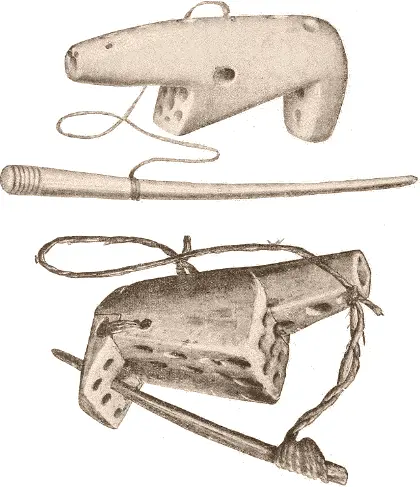
Fig. 521. Ivory carvings representing polar bear, used in the game ajegaung.
a (Museum für Völkerkunde, Berlin. IV A 6819.) b (National Museum, Washington. 34078.) ⅔
A game similar to dice, called tingmiujang, i.e., images of birds, is frequently played. A set of about fifteen figures like those represented in Fig. 522 belong to this game, some representing birds, others men or women. The players sit around a board or a piece of leather and the figures are shaken in the hand and thrown upward. On falling, some stand upright, others lie flat on the back or on the side. Those standing upright belong to that player whom they face; sometimes they are so thrown that they all belong to the one who tossed them up. The players throw by turns until the last figure is taken up, the one getting the greatest number of the figures being the winner.
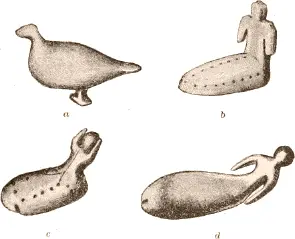
Fig. 522. Figures used in playing tingmiujang, a game similar to dice.
(Museum für Völkerkunde, Berlin. IV A 6823.) 1/1
A favorite game is the nuglutang (Fig. 523). A small, rhomboidal plate of ivory with a hole in the center is hung from the roof and steadied by a heavy stone or a piece of ivory hanging from its lower end. The Eskimo stand around it and when the winner of the last game gives a signal every one tries to hit the hole with a stick. The one who succeeds has won. This game is always played amid great excitement.
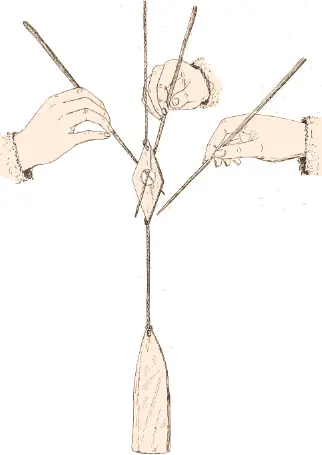
Fig. 523. Game of nuglutang. (Museum für Völkerkunde, Berlin. IV A 6821.)
The sāketān resembles a roulette. A leather cup with a rounded bottom and a nozzle is placed on a board and turned round. When it stops the nozzle points to the winner. At present a tin cup fastened with a nail to a board is used for the same purpose (Fig. 524).
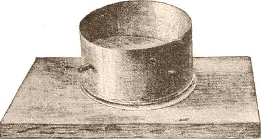
Fig. 524. The sāketān or roulette. (Museum für Völkerkunde, Berlin. IV A 6854.)
Their way of managing the gain and loss is very curious. The first winner in the game must go to his hut and fetch anything he likes as a stake for the next winner, who in turn receives it, but has to bring a new stake, in place of this, from his hut. Thus the only one who loses anything is the first winner of the game, while the only one who wins anything is the last winner.
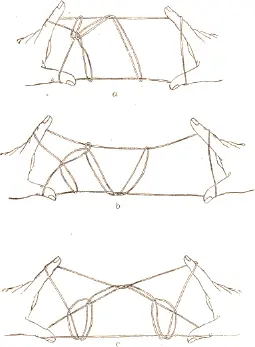
Fig. 525. The ajarorpoq or cat’s cradle. a representing deer; b , hare; c , hill and ponds.
The women are particularly fond of making figures out of a loop, a game similar to our cat’s cradle (ajarorpoq). They are, however, much more clever than we in handling the thong and have a great variety of forms, some of which are represented in Fig. 525.
As an example I shall describe the method of making the device representing a deer (Fig. 525 a ): Wind the loop over both hands, passing it over the back of the thumbs inside the palms and outside the fourth fingers. Take the string from the palm of the right hand with the first finger of the left and vice versa. The first finger of the right hand moves over all the parts of the thong lying on the first and fourth fingers of the right hand and passes through the loop formed by the thongs on the thumb of the right hand; then it moves back over the foremost thong and takes it up, while the thumb lets go the loop. The first finger moves downward before the thongs lying on the fourth finger and comes up in front of all the thongs. The thumb is placed into the loops hanging on the first finger and the loop hanging on the first finger of the left hand is drawn through both and hung again over the same finger. The thumb and first finger of the right and the thumb of the left hand let go their loops. The whole is then drawn tight. A few other devices from Hudson Bay are represented by Klutschak (p. 139).
Читать дальше



















